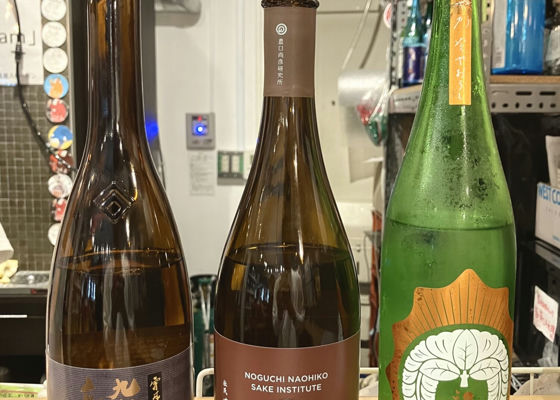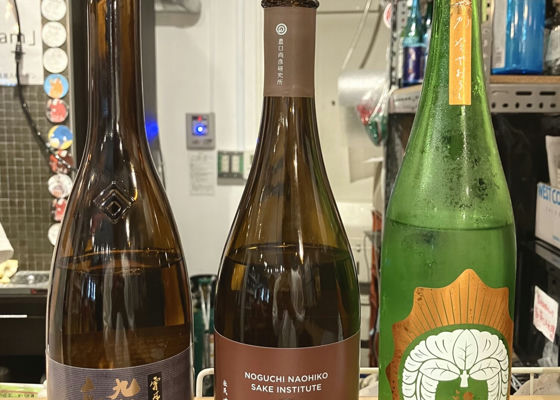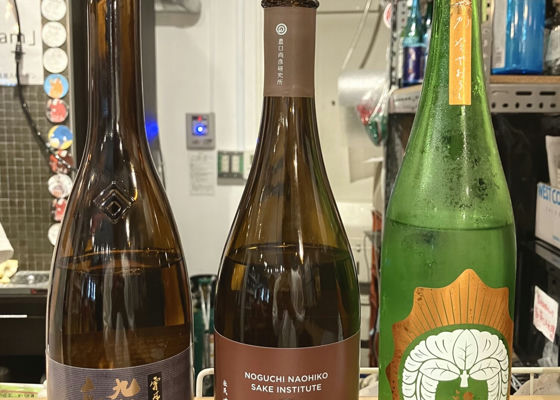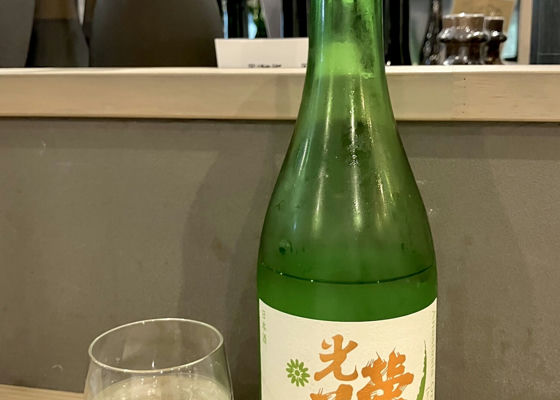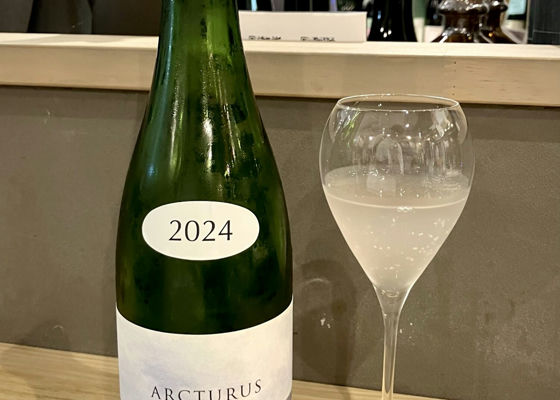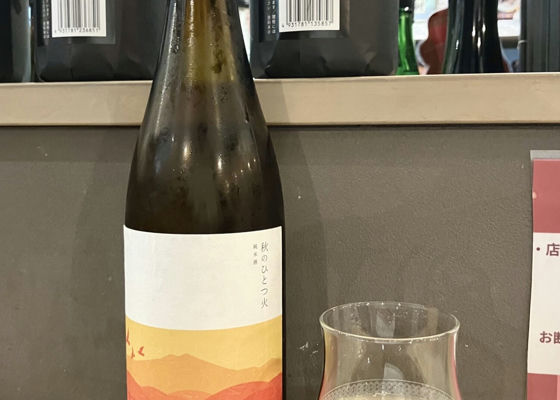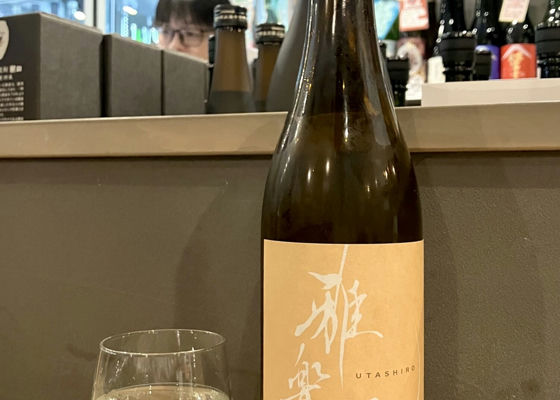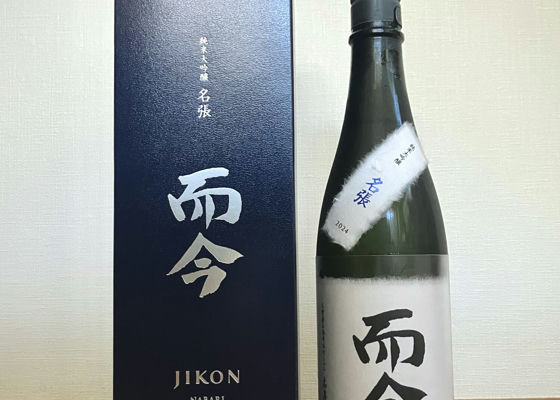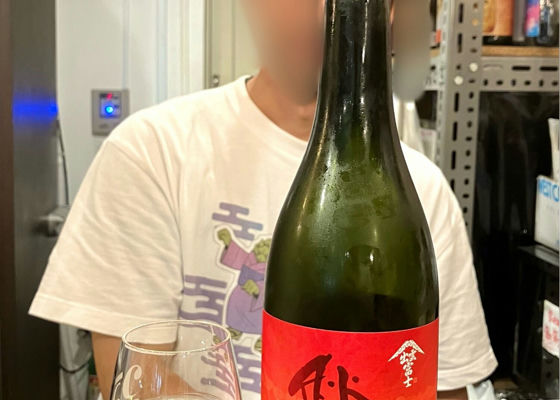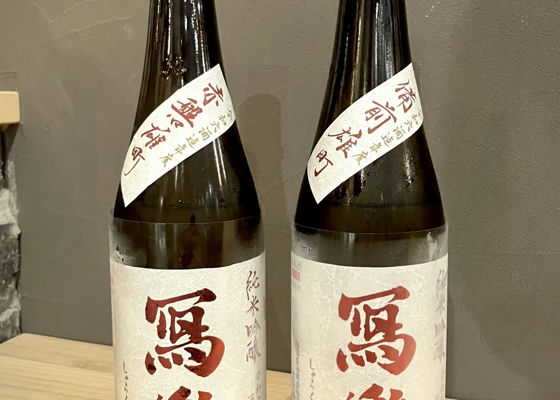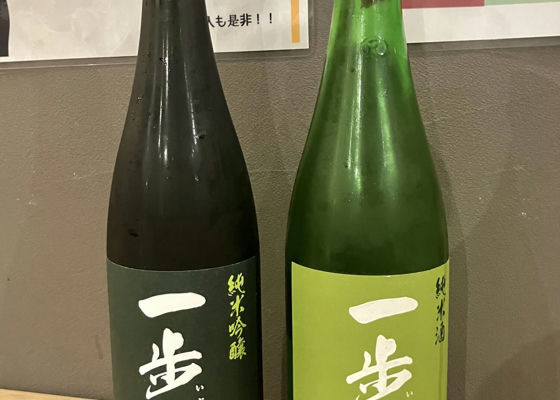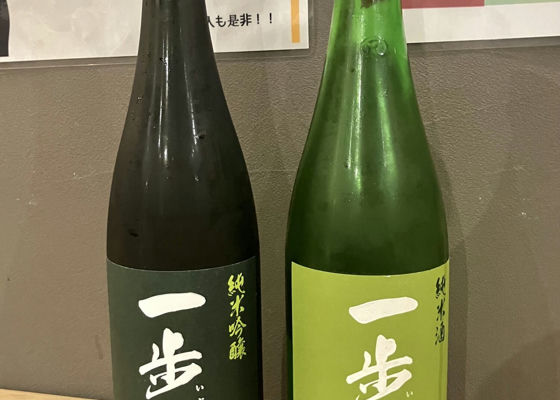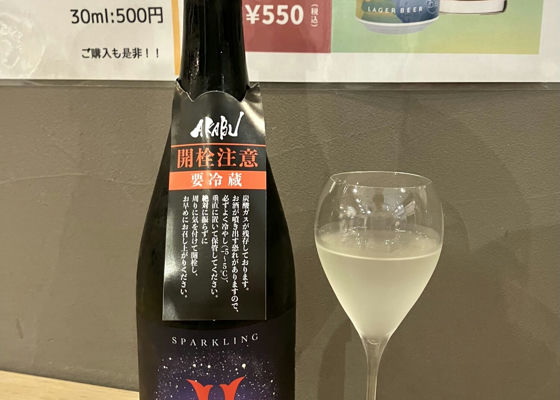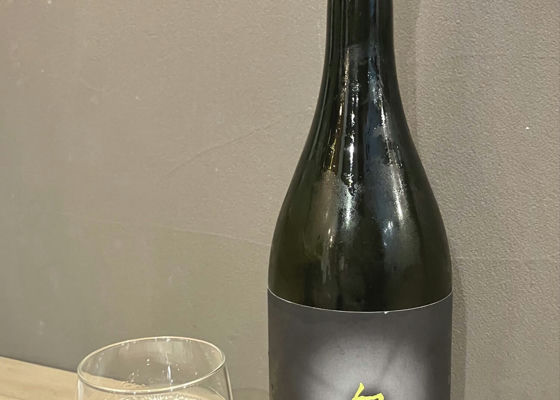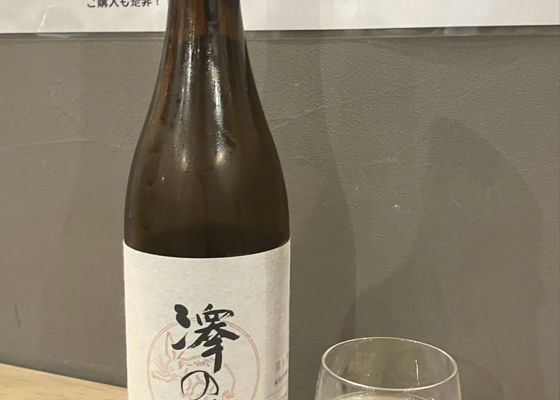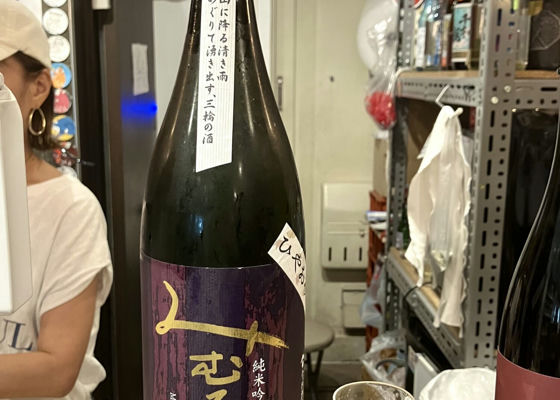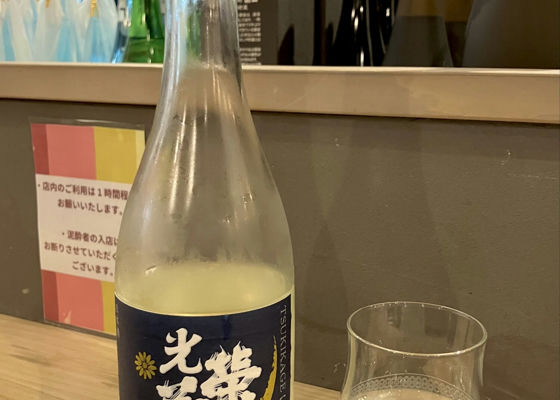Timeline
K(middle photo)
A massive, heavy wine. I want to match it with strong flavored dishes.
4.00 K(Left photo)
This is not the kind of sake to be drunk this way.
4.00 K(Right photo)
It's modern with a refreshing acidity among the three types, but, well, it's the best of the three.
4.25 KI've never had Anastasia Green, but the concentrated citrusy bitterness and acidity certainly remind me of twilight orange.
However, it is sweeter and more mellow than Anastasia Green.
The low alcohol content also makes it taste like a juice!
Delicious!
4.75 KBerry-like acidity gives way to a distinctive bitterness and umami.
Not unpleasant, but rather light, including a sense of a "shwash".
Fairly low sweetness for an Abe.
4.50 KThe first impression is that it is very drinkable, but there is also a beautiful sweetness and acidity as you continue drinking.
4.25 KModest, elegant, delicate, fruity aroma.
The acidity is quite strong, which is not found in other Jikin, and it disappears after the mid-palate (after a few days, the acidity at the mouth is quite mild).
The sweetness and umami are mild throughout, and the back palate has a strong umami with depth, which is typical of sake.
I feel that this is a sake that should be paired with expensive kaiseki dishes.
Without any preconceptions, it is a sake that adds color to special occasions.
It is expensive, so even if I could buy it, I wouldn't repeat drinking it at home.
4.50 KJunmai sake with a mild, rice-like sweetness
Sake from the San'in region tends to give the impression of being heavy, so people tend to avoid it, but Izumo Fuji does not have an advanced mellowness that lingers in the aftertaste.
Rather, Izumo Fuji has a light finish, and while the mature flavor typical of this autumn sake can be fully felt, hats off to the technique used to bring out this crisp finish!
4.00 K(Left photo)
The two Omachi varieties have a light, elegant balance of sweetness, flavor and acidity that makes them both beautiful as Collage and Omachi sake.
The Bizen has a fuller sweetness and umami that is typical of Omachi, while the Akaban is more modern and beautiful with a stronger acidic aftertaste.
Both are excellent!
4.25
Bizen has a check-in from last season, so I omitted it. K(Left photo)
More acidic and fruity than Junmai
Pleasant ginjo aroma
Gentle balance of sweetness and acidity
Very good taste differentiation and refinement as per the grade
4.00 K(Right photo)
As is typical of junmai sake, it has a strong umami flavor.
It reminds me of the Ura-hayagi I drank before, which has a distinct flavor.
It has umami, but naturally not too strong, and has a well-balanced taste with sweetness.
A versatile mid-meal sake that goes well with dishes with strong flavors.
Good cost performance
4.00 AKABUSPARKLING GALAXY純米生酒おりがらみ発泡 KIt has the acidity of a summer sake and the fizziness of a sparkling wine, making it very refreshing to drink!
Unusually, it does not taste like akabu, but it may be the most acidic akabu I have ever tasted.
It is so refreshing that you may finish it right away, but when you taste it thoroughly, you will find a mild sweetness that is typical of ogara-mi.
The acidity decreases and the sweetness stands out on the back palate.
4.25 KIt has a fruity sweetness like Miyamanishiki, but it is also refreshingly fruity, making it a good mid-meal sake.
As the temperature rises, it takes on a hiyaoroshi-like softness.
The name "Yonagata" is also excellent!
4.50 KIt has a rich, mellow, umami mouthfeel while retaining, or rather strengthening, the gorgeous fruity flavor that is typical of the Oku region.
And yet it leaves a sweet and sour aftertaste.
The alcohol content of 18 degrees is surprising!
4.25 KThe taste is light and refreshing with a sweet and acidic center, reminiscent of the refreshing fruity taste typical of Nagano sake, but with a mature and calm flavor.
A very high quality autumn sake.
4.25 KThe taste is impressive after "Mokke Bodai Hashiwake" and "Rohafu".
Juicy sweetness and umami that is typical of Mimuro cedar!
Whether it is because of the omachi, hiyaoroshi, or both, it has a particularly strong sweet flavor, but with a grape-like acidity and a very light and refreshing aftertaste!
The beautiful Mimuro cedar and Oumachi are a perfect match!
5.00 KA mellow, umami-kuchi sake quality that is new to Kouei Kiku.
The sweetness is quite strong and robust.
Yet, it is not too heavy, and the freshness typical of nama-zake brings this strong sweetness together nicely.
The lactic acidity and the bitterness that tightens the aftertaste are also good accents.
4.25 KCompared to the normal Abe+, the sweet and tasty acidity is more pronounced, and the acidity is particularly strong, with an aroma like ripe grapes.
Its atmosphere is somewhat similar to that of Yonotori.
There is absolutely no hint of a tangy taste. This may be due to the combination of Hashira shochu brewing and high refining.
The sweetness and umami are cut off quickly in the aftertaste, and the acidity remains pleasantly smooth.
5.00 RecommendedContentsSectionView.title
